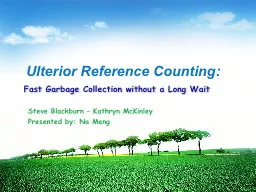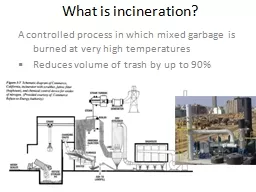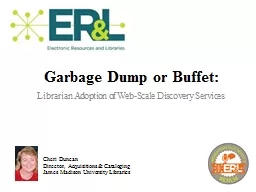PPT-Fast Garbage Collection without a Long Wait
Author : mitsue-stanley | Published Date : 2017-06-29
Steve Blackburn Kathryn McKinley Presented by Na Meng Ulterior Reference Counting Throughput vs Responsiveness Goal Better responsiveness shorter pause time Better
Presentation Embed Code
Download Presentation
Download Presentation The PPT/PDF document "Fast Garbage Collection without a Long W..." is the property of its rightful owner. Permission is granted to download and print the materials on this website for personal, non-commercial use only, and to display it on your personal computer provided you do not modify the materials and that you retain all copyright notices contained in the materials. By downloading content from our website, you accept the terms of this agreement.
Fast Garbage Collection without a Long Wait: Transcript
Download Rules Of Document
"Fast Garbage Collection without a Long Wait"The content belongs to its owner. You may download and print it for personal use, without modification, and keep all copyright notices. By downloading, you agree to these terms.
Related Documents














